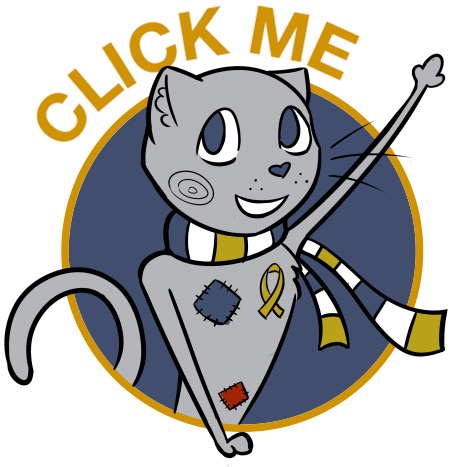DIAGNOSING CHILDHOOD CANCER
Each year in the United States approximately 15,780 children between the ages of birth and 19 years of age are diagnosed with cancer.
Many childhood cancers have much higher survival rates when they are diagnosed in the early stages of the disease. Unfortunately, childhood cancers are sometimes overlooked or misdiagnosed because early symptoms are mistakenly attributed to more common injuries or illnesses. It is recommended that children have regular medical check-ups, and that parents pay close attention to the development of unusual signs or chronic symptoms, such as:
- Persistent fever, nausea, or illness, often accompanied by vomiting
- Tendency to bruise easily
- Unusual lump or swelling (particularly around the neck, abdomen, chest, pelvis, or armpits)
- Loss of energy and pale complexion
- Headaches, often with early morning vomiting
- Lingering pain in one area of the body
- Abrupt vision changes
- A whitish color behind the pupil
- Sudden weight loss
- Limping
Genetics may predispose some children to developing a specific type of cancer—if you are concerned that your family history puts your child at a heightened risk, discuss your worries with your child’s pediatrician. He or she may recommend imaging tests (i.e. MRI, x-ray), additional screening tests, and/or a biopsy if your child presents with an abnormal lump or tumor. The biopsy will involve removing some or all of the cells within the tumor for closer examination under a microscope.
Looking for Help?
ACCO offers FREE books and resources for children with cancer and their families.
Click on the button to order your free resources!
One of the most challenging aspects of childhood cancer is that it can take on many forms, each requiring a distinct, specialized course of treatment. Knowledge is a powerful weapon in the fight against childhood cancer, and the links below will arm you with detailed information about the different types of childhood cancer, including: key facts, symptoms, treatment protocols, and late effects.
If your child has been diagnosed with cancer, you may feel understandably overwhelmed and anxious—the American Cancer Society’s publication Children With Cancer: Dealing With Diagnosis offers practical insights and ideas to help your family cope and move forward after the diagnosis is made. It is important to remember that you are not alone in this fight, and that there are many resources and support networks you can reach out to for help during this difficult time.
Although education may not seem like a priority in light of the pressing medical issues your child is facing, it is important to make an effort to keep up with schoolwork, despite extended absences. There are a number of educational accommodations and options for medically compromised children (i.e. home-based teaching/tutors), and maintaining open lines of communication with your child’s principal and teachers is an important step to prepare for a successful return to school.
For many children with cancer, school represents health and normalcy, and can be a safe place for learning, fun, and social interaction while providing an escape from the all-consuming world of cancer and treatments. The effort to further your child’s education despite illness also sends a clear message of hope, and is a constant reassurance that you believe in your child’s future.
In America, more children die of childhood cancer than any other disease — yet very little U.S. federal cancer research funding goes towards childhood cancers.
Research saves lives. Please join us to fund crucial research to cure all forms of childhood cancer.



